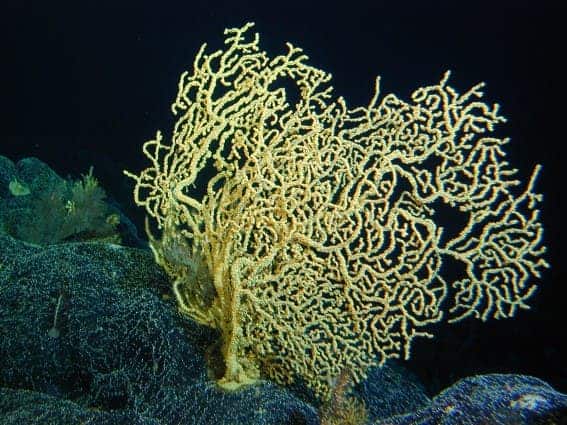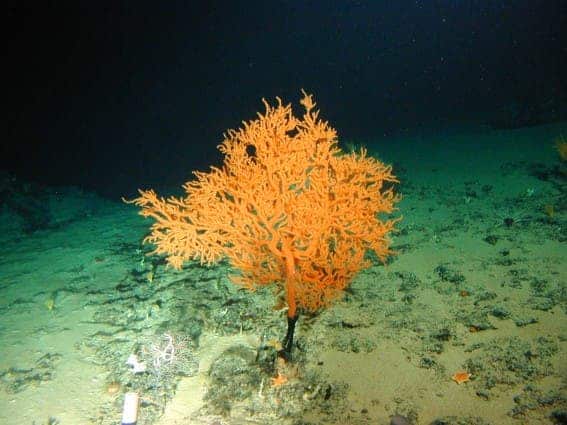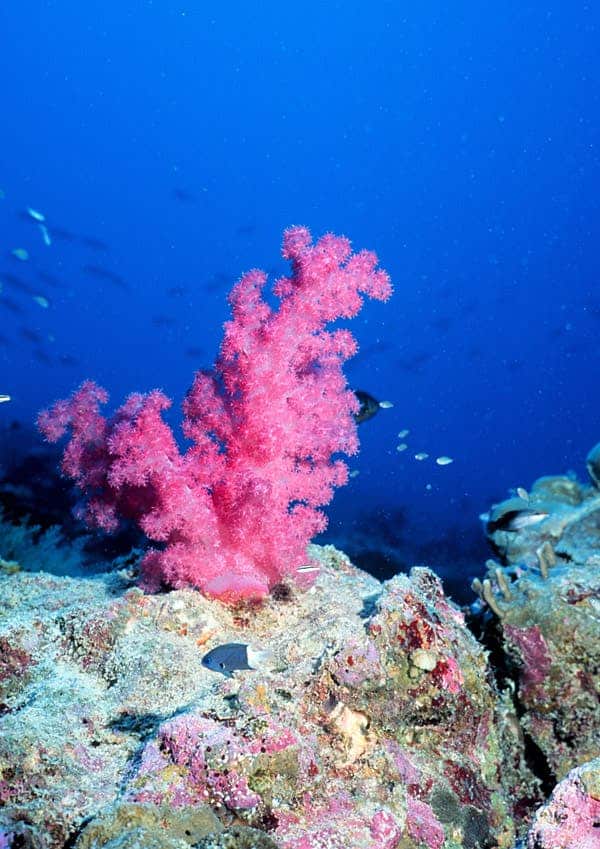So, we’ve already discussed about the largest and heaviest organisms in the world, now it’s time to see what the world’s oldest animal is – spoiler alert, this one is also a surprise. If you’re thinking it’s a turtle or an elephant… you’re way off. If you think it’s a whale, you’re a bit closer, but still not right. The oldest (still living) animal is actually, at over 4,000 years old… a coral!

Wait, a coral?
Yes, corals are in fact animals, not plants (don’t let the facts that they don’t move fool you). They generally live in compact colonies – each coral “head” is actually a colony of myriad genetically identical polyps. Each polyp is a spineless animal typically only a few millimeters in diameter and a few centimeters in length. Over many generations, the colony creates a large, characteristic exoskeleton.
Corals can breed sexually, but individual heads grow by asexual reproduction of polyps. Whole colonies can reproduce asexually, forming two colonies with the same genotype.
In 2009, researchers from Stanford University, Lawrence Livermore National Laboratory, and the University of California at Santa Cruz analyzed a coral colony found near the Hawaii islands, at a depth for 400 meters. Using radiocarbon dating, they found that the age of two colonies was a whopping 2,742 years and 4,265 years, respectively!
Finding the oldest animals

All life as we know it is carbon based – which means that radiocarbon dating can be used to find out the age of the organism. The radioisotope 14C is used. NOAA explains:
“When plants photosynthesize, they incorporate the same proportion of 14C that is in the atmosphere. When animals consume the plants, they incorporate that fraction of 14C, but the fraction of 14C decreases overtime at a fixed rate as the 14C decays (this rate is termed the half life). Comparing the fraction of 14C in organic material, such as dead tissue or skeletons, to what was expected to be in the atmosphere allows researchers to estimate age”.
Researchers were expecting to find old corals… but they were a bit surprised to see just how old they really were. Tom Guilderson and his team used a manned deep-sea research submersible to extract the samples.
“To the best of our knowledge, the oldest colonial organism yet found,” Guilderson said. “Based on the carbon 14, the living polyps are only a few years old, or at least their carbon is, but they have been continuously replaced for centuries to millennia while accreting their underlying skeleton.”
Other coral species can reach extreme ages as well. In her book The Oldest Living Things, Rachel Sussman describes how she “met” a 2000 year old brain coral. Other scientists believe that even older corals may exist.
Environmental concern

The fact that corals can get so old is yet another reason why we should protect them. Coral reefs are under stress around the world, facing a horde of threats: coral mining (for jewelry), agricultural and urban runoff, pollution (organic and inorganic), overfishing, blast fishing, ocean acidification, disease, and the digging of canals and access into islands and bays are localized threats to coral ecosystems all contributed to a dramatic reduction of coral surface.
This is another call for action, Gulderson says:
“The extremely long life spans reinforce the need for further protection of deep-sea habitat” he said. “The research has already had an impact for activities in Hawaiian waters where a harvesting and fishing moratorium has been enacted to protect certain areas. There are similar habitats in international waters and it is hoped that the results will provide the scientific basis for agreements under the Law of the Sea, and United Nations Environment Programme.”
Hopefully, we will take actions before it’s too late – many more secrets still await to be discovered in the depths of the ocean.


